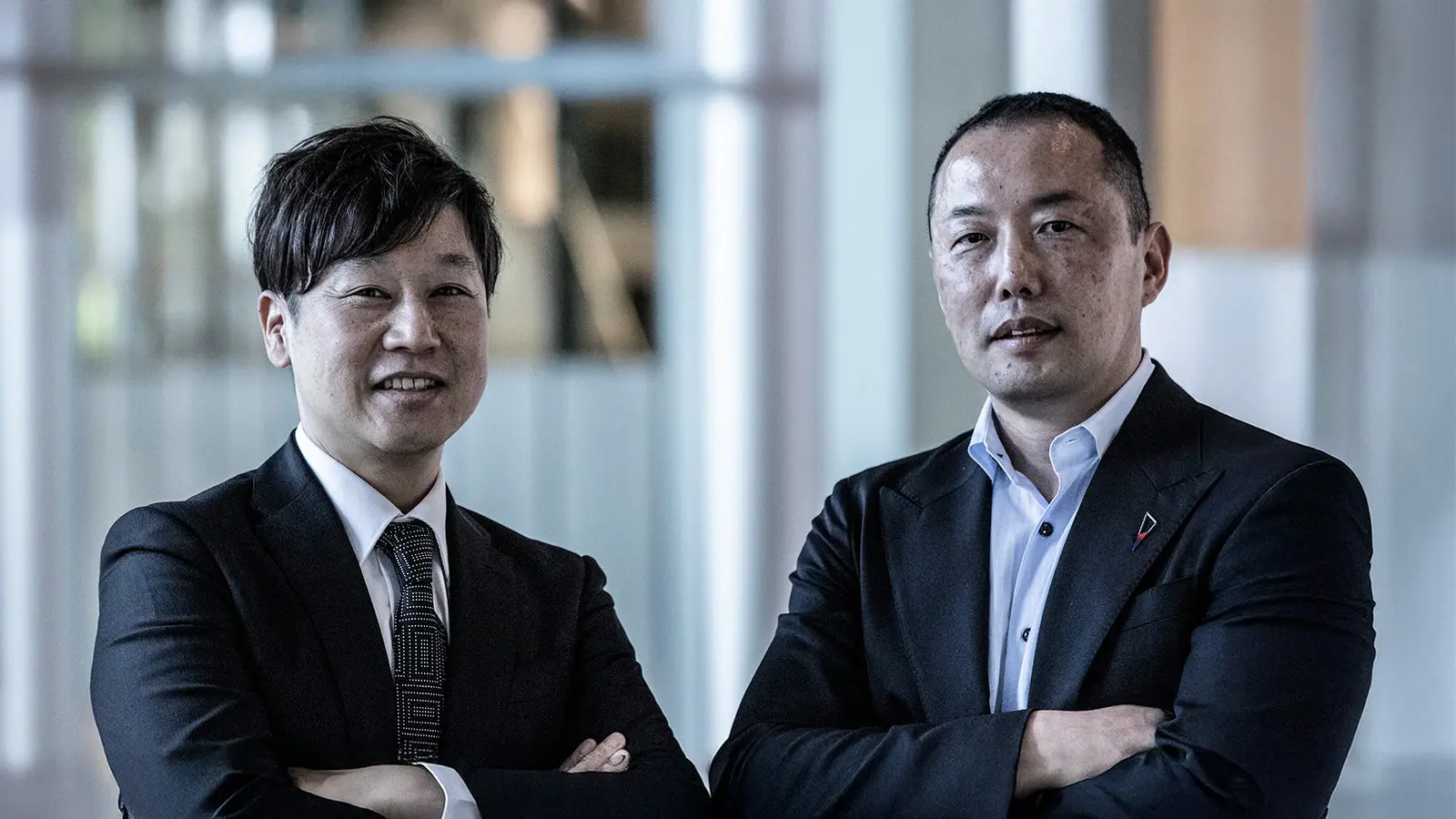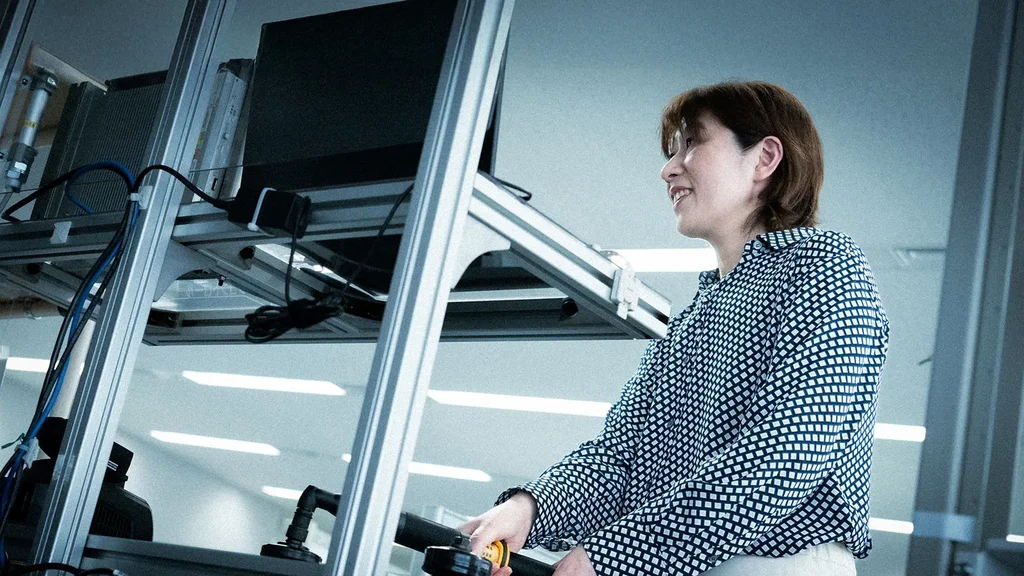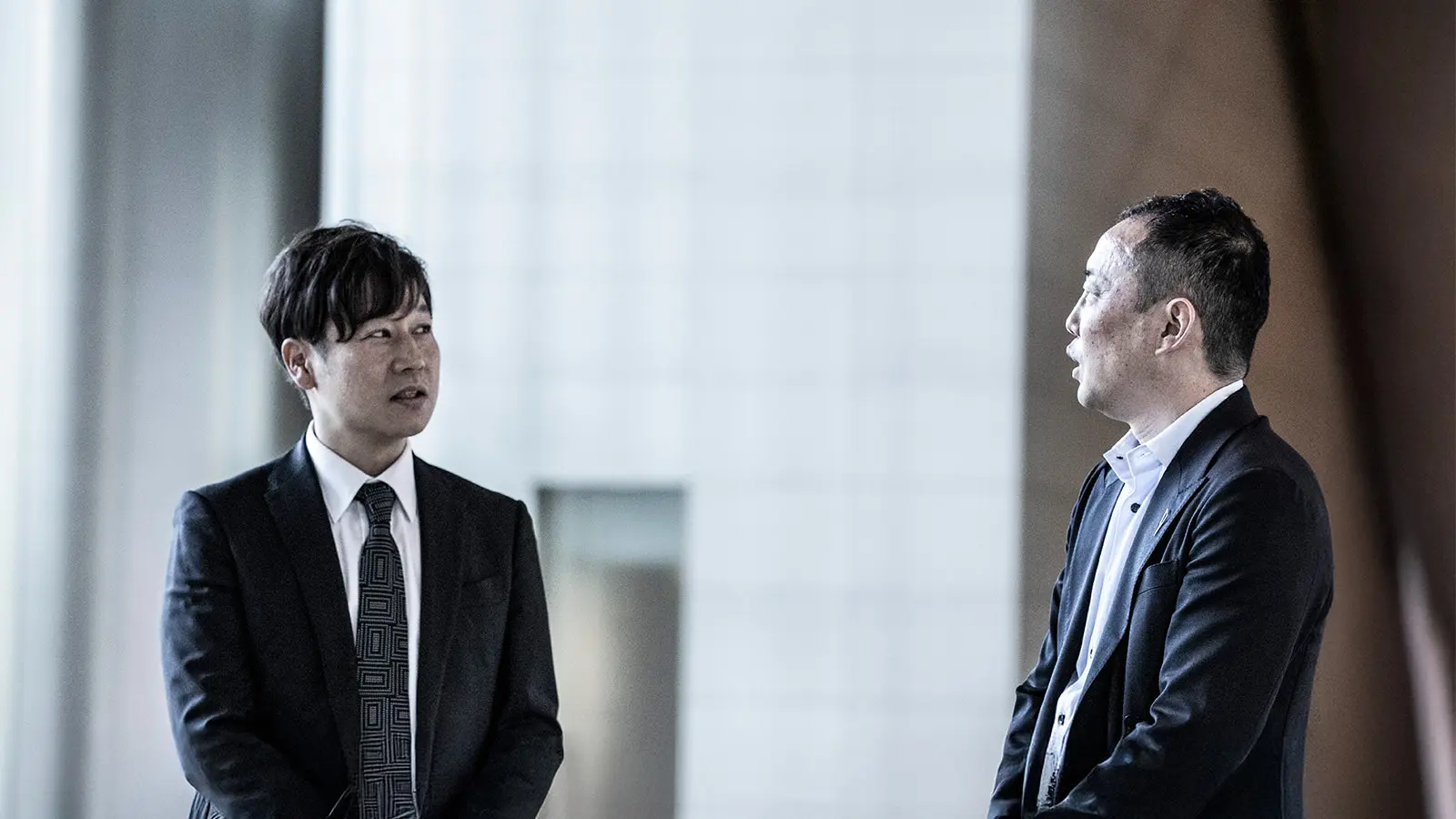
From Dynamic Frequency Sharing Technology to Next Generation IoT Communications, Aiming for Social Implementation of the Value of Communications - Ryo Sawai(Sony Technical Development Institute)/ Daisuke Iimiya(Sony Network Communications)
ODAIBA IX Core/Industrial Transformation (IX) Leaders
Leaders Transforming Industrial Technology (No. 12)
Although Sony has long been associated with audiovisual and entertainment products, the company has also long been focusing on the development of wireless communication technologies and their implementation in society. Mr. Ryo Sawai, General Manager of the DSA Business Preparation Office, Network & System Technology R&D Division, Sony Research & Development...
2025/07/29
Posted on 2025/07/29
Although Sony has long been associated with audiovisual and entertainment products, the company has also long been focusing on the development and social implementation of wireless communication technologies. We spoke with Ryo Sawai, General Manager of the DSA Business Preparation Office, Network & System Technology R&D Division, Sony's Technical Development Institute, and Daisuke Imiya, General Manager of the Business Development Division, Sony Network Communications, about the relationship between Sony and wireless communications.
Sony's fundamental strength in wireless communication technology is also demonstrated.
--What is the relationship between the Sony Group and wireless communications?
Mr. Sawai:The Sony Group has long been involved in wireless communications technology and business, and even after the dissolution of the joint venture with Ericsson in 2012, we have built a solid team to continue our cellular business. For example, in the area of standardization, which I was involved in, the Sony Group in Japan, the U.S., Europe, and China all contributed to 3GPP activities. I am proud to say that as a Japanese company, we are making a significant contribution, as we provide several hundred contributions per year and produce topic leaders and others.
Mr. ImiyaI am in charge of the business of commercial services provided by Sony Network Communications, as represented by the NURO brand. Mr. Sawai is in charge of the core technology at Sony. We are different companies, but we work together as one team.
--When I think of Sony's wireless communications, I have a strong impression of B2C.
Mr. Sawai:The Sony Group has developed a wide range of businesses, from broadcasting business such as cameras for broadcasting stations to smartphones, automobiles, robots, and even drones, and is actively involved in AI-related businesses. We have been proposing technologies to meet the global needs of these various use cases for radio "clay pipes".
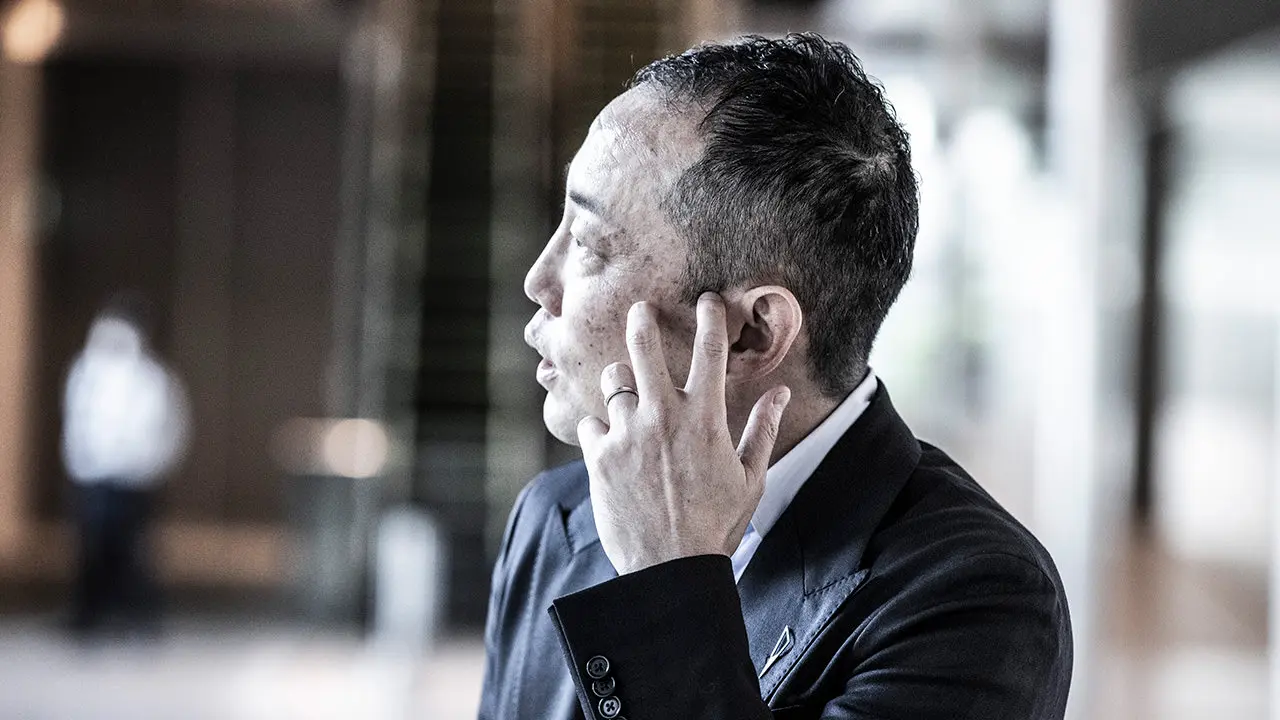
Ryo Sawai, General Manager, DSA Business Preparation Office, Network & System Technology R&D Division, Technology Development Laboratories, Sony Corporation
When we think of Sony, we tend to think of broadband and video systems. However, in parallel with these, Sony is also focusing on the IoT business and has a high market share in chipsets for the IoT. Sony is also deeply involved in communications for industrial applications.
Applying DSA technology developed in-house to solve social issues in wireless communications
--The Sony Group is developing technologies that will enable the dynamic sharing and utilization of frequency bands that are generally allocated statically. Please tell us about your efforts.
Mr. Imiya:We have Dynamic Spectrum Access (DSA) technology as a telecommunications technology. DSA is a cutting-edge frequency sharing technology that maximizes the use of limited frequency resources without waste by centrally managing all frequency bands in a database and allocating available frequency bands in real time while suppressing radio interference. Wireless communication deals with something invisible, the radio, so you can't tell if there is a problem; you can think of DSA technology as making the radio visible and optimizing it.
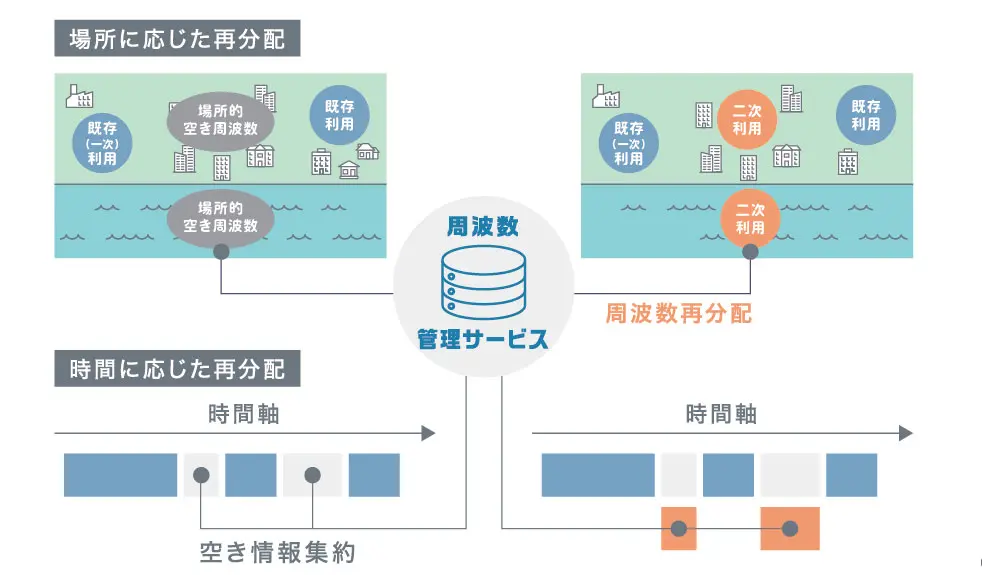
(Image courtesy of Sony)
--What is the best way to make use of it?
Mr. Sawai:In Europe, the Conference of European Postal and Telecommunications Competent Authorities (CEPT) has been working on legislation to utilize the frequency band (white space) vacated by the digitalization of TV broadcasting for communication systems. Sony proposed a method that would be acceptable to broadcasters, which would allow sharing of the airwaves between broadcasting and telecommunications without any problems and at the same time increase the efficiency of mobile communications use. Sony, which has a proven track record in both broadcasting equipment and telecommunications, assured the broadcasters that this would be the case. However, the use of white space in the TV frequency band did not come to be widely used, mainly because no vendor of chipsets for communications had emerged.
In the U.S., on the other hand, DSA has already been implemented in society as a national service called CBRS (Citizens Broadband Radio Service). In CBRS, the use of idle spectrum resources is managed by the Spectrum Access System (SAS), a dedicated database. SAS manages the utilization of spectrum and dynamically allocates available spectrum for effective use of spectrum.
CBRS has made it possible to build private 5G and LTE networks in the U.S. without the need for a license. 3.5 GHz is a band that is supported by general-purpose communication devices, eliminating the problem of no compatible devices as in white space. and has expanded to as many as 400,000 compatible base stations.
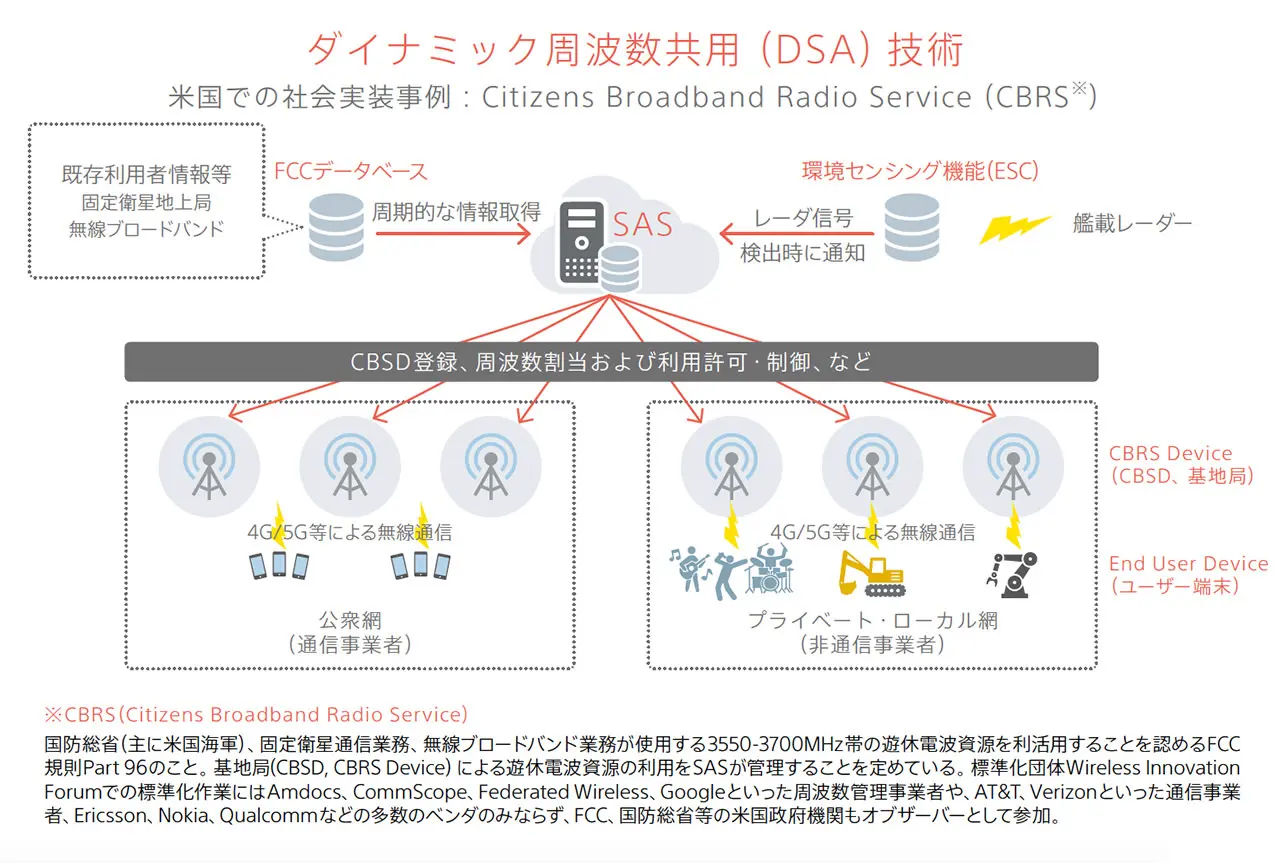
(Image courtesy of Sony)
--What kind of development do you think is possible in Japan?
Mr. Sawai:In Japan, DSA is being put to practical use in the 2.3 GHz broadcast business radio station (FPU) band, which is used for marathon broadcasts and other road race coverage, but is not always used throughout the country. The social implementation of DSA has been underway since 2023.
Mr. Imiya:DSA allows a limited number of frequencies to be shared in a given space. This is one example of a network becoming multi-layered. A large network and a private network cooperate to create a multi-layered network. When a factory wants its own network, if it can share frequencies with other networks through DSA, it can create a seamlessly connected network. Japan is a society with a declining population, and mechanization and automation are inevitable; by using DSA technology, we will be able to create networks where frequencies can coexist, which we believe will lead to solutions to social issues.
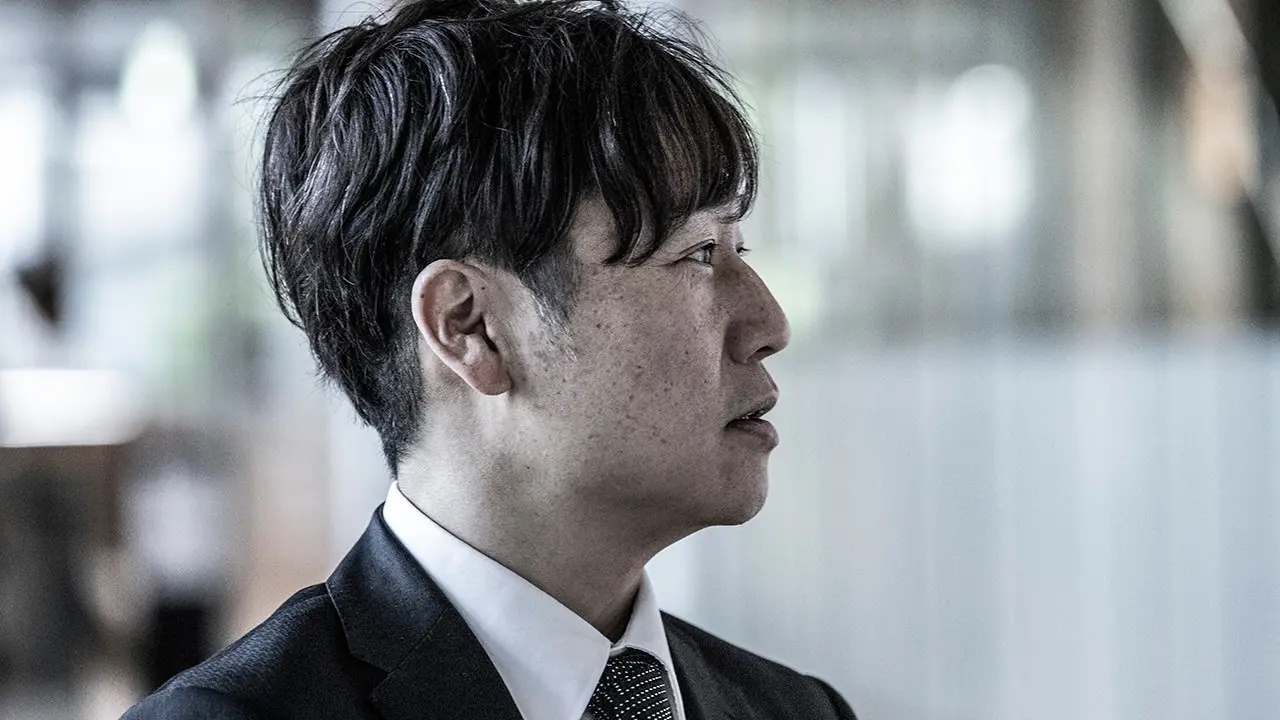
Daisuke Imiya, General Manager, Business Development Division, Sony Network Communications
The market response has been felt from various countries, and DSA is an interesting technology that is attracting attention as a solution to the existing problem of tight frequencies. In Germany, for example, there are high expectations for its use as a technology to realize Industry 4.0. This is because it can be applied to all applications that require remoteness, automation, and wireless.
Focusing on IoT and aiming for social implementation of measures to solve problems
--What is your approach to IoT-based businesses?
Mr. Sawai:DSA also contributes to network utilization in industrial applications, but Sony is also working on IoT communications. 4G systems had eMTC, NB-IoT, and other communication methods for IoT, but after 5G, the only new communication method is RedCap, which simplifies the functions of 5G. However, after 5G, the only new communication method is RedCap, which simplifies 5G functions. We are now turning our attention to the development of communication methods suitable for future IoT applications.
Mr. Imiya:IoT is an area where use cases will emerge in the future, and it is important to be able to use IoT over a wide area, in which case 4G (LTE) with its wide coverage area may have an advantage.
The use case in the manufacturing industry is truly IoT communication, and IoT communication is also required for camera video systems. Today, most cameras are fixed, but as these cameras start to move and become automated and remote, the demand for high-capacity IoT communications will increase even more.
--Please share your thoughts on what Sony can solve and what it means to involve others.
Mr. Sawai:We have been working on IoT, including business, but we will have to think about what to do for 6G, including reflection on what we have done so far. We need to think about this not only with Sony, but also with telecommunications carriers and others. Until now, IoT communication methods have lacked a viewpoint of how to actually distribute them in the world, as standards have been dispersed according to application. The Sony Group is considering the chip business for IoT communications in 6G, but we are also looking to work with global telecommunications carriers to make next-generation IoT communication methods a global standard.
Mr. Imiya:Sony has long been involved in the process from standardization to social implementation, which is exactly the case with the CD (compact disc). Until now, Sony's role has been to make life more convenient for consumers, but I feel that Sony's unique role in the future will be to be the first to deliver this to the industrial world as well.
